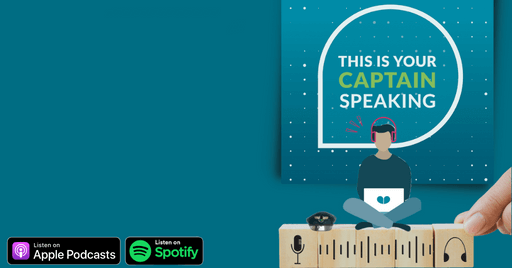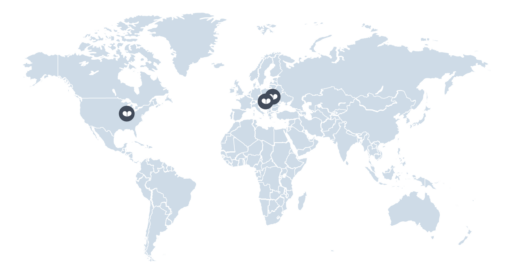
Ups and downs
With the company nearly 70 years old, Adidas is as robust and successful as ever before. While competitors such as Nike and Under Armour struggled with sales losses in the traditionally competitive US sportswear market, Adidas achieved an annual sales increase of 31%, continued to secure market share at the expense of its competitors, and also exceeded analysts’ expectations in 2018. The company was mostly making losses in the 80s and 90s.
How did they overcome this crisis? And how can we explain Adidas’ current success?
Founded by sports shoe manufacturer Adi Dassler in 1949, the name Adidas became world-famous in 1954 following the victory of the German team in the World Cup, the “miracle of Berlin”. Up until the 1960s, Adidas dominated the global sports shoe market together with rival Puma (founded by Dassler’s brother Rudolf), until Nike arrived on the scene.
In the 80s, the successful company finally got into trouble. After the passing of Adi Dassler and his son Rudolf, they tried constantly changing strategies, which did not, however, bring the desired success. Only during the late 90s and 00s did the brand find its way out of the crisis and back to its old strength and new markets. A relevant learning process for every business.
Focusing on your strengths
Adi Dassler was famous for tailoring his shoes to athletes’ needs and supporting their performance by taking notes on pages, and then producing the highest quality product possible. With his death, focus on this special way of working was lost. Adidas began to look at their competitors for inspiration rather than setting the tone themselves.
The result: uncertainty among employees and ultimately the customers. But former Nike managers rediscovered the company’s traditional strengths in the 1990s, putting them back at the center of the brand where they could once again serve as a beacon for employees and customers.

New Ebook
Marketing Operations: The Ultimate A-Z Guide
Marketing Operations (MOps) is still in its infancy. That’s primarily due to every company being different, and there isn’t a standard structure that can be applied to every marketing model.
So, we’ve put together this short guide to illuminate what MOps is and how it should work in your company.
The past as inspiration for the future
Adidas now not only has its own History Management department, which maintains an archive and familiarizes newly hired managers with core company values. The marketing decision to recreate “historical” shoe models, which were made popular in the 70s and 80s by high-performance athletes, with modern high-quality materials, proved especially successful. Legendary models such as the Gazelle, the Superstar or the Stan Smith are not only popular with vintage enthusiasts but especially with Millennials and Generation Z. And even the frowned-upon “Adilette” is now a street fashion staple, fueled by influencers from fashion and pop culture.
However, Adidas does not limit itself to the ongoing retro wave, but regularly provides innovations. Performance, or competitive sports, remains at the heart of the company, but Adidas innovations are also very popular in the leisure sector (such as the new Boost running shoes).
Keeping up with the customers
Just like founder Adi Dassler, Adidas fully aligns its strategy with the needs of its customers, utilizing the full range of modern technology. According to Joseph Godsey, Global Head of Digital Brand Commerce at Adidas, Digital is one of the key strategic priorities for 2020:
“We want to create a customer experience that is high-quality, connected and personalized.”
Adidas relies heavily on data analytics to meet demand from its digitally-driven audience. They also developed a sales app that helps identify and respond to trends early, so that, for example, collections are no longer designed consistently for one season. Now, new mid-season designs satisfy the hunger for variety and allow them to capitalize on short-term trends.
Social interaction and open source
Adidas relies heavily on social media and storytelling, constantly analyzing the reactions to their content. Classic media presence is cut back in favor of meeting their online clientele right where they are. The customers are front left and center of the corporate narrative – but also potential co-designers of Adidas collections. This is ensured by an open-source approach, in which the brand opens itself for input “from outside”. Customers, well-known designers, famous athletes – all of them can have their say when it comes to the Adidas design of the future, while strengthening their bond with the brand.














